‘Rahul Dravid won on the principles of cricket and principles of life’: Aussie legend's ultimate praise for India's World Cup-winning coach
IPL Backstage: How Strategic Timeout rule left cricketers including legendary Sachin Tendulkar miffed and tiffed?
Strategic timeout rule is being followed since the inception of Indian Premier League (IPL). But it has also seen cricketers registering their objection over the rule.

The IPL's strategic timeout, introduced in 2009 (season 2), is a fixture of the game even today (season 17). This three-minute break allows teams to adjust tactics and has been credited with adding drama to matches. However, many cricketers including legendary Sachin Tendulkar have been seen criticising the strategic timeout rule in the past. Despite the debate, the strategic timeout remains a part of the IPL.
Let's get familiar with the rule before diving into why players and legends aren't fans of it.
What is a Strategic Timeout?
The IPL features a strategic timeout, a brief break in play that allows both teams to catch their breath and strategise for the remaining overs. This provides valuable time for coaches and captains to analyse the game's flow, discuss tactics with players, and adjust their approach based on the current situation.
Utilising Strategic Timeouts
Each team gets one strategic timeout per innings in an IPL match. This means the timeouts are used a total of four times throughout the game. The fielding team, or the team currently bowling, has the opportunity to call a timeout during the middle overs, specifically between the sixth and ninth over. Similarly, the batting team can utilise their timeout during their innings, but at a later stage, between the 13th and 16th overs. This allows both sides to address the game's changing dynamics at crucial points.
The Length of a Strategic Timeout:
In the IPL, a strategic timeout offers teams a three-minute break to strategise. This duration was increased from two and a half minutes before the 2022 season. Interestingly, if the captain doesn't call for a timeout themselves, the umpire will automatically initiate it after the 9th over for the bowling team or the 16th over for the batting team.
Why Players Object to the Strategic Timeout?
Despite the intended benefits, many players and legends, including Sachin Tendulkar, have voiced their concerns about the strategic timeout. Their main critique was the length of the break. They believe it disrupts the flow and momentum of the game. Tendulkar even cited a specific instance where his team, the Mumbai Indians, were chasing a target against the Deccan Chargers. After a strong start, the strategic timeout broke their rhythm, and they went on to lose the match. This example highlights the potential downside of the timeout system.
The Disruption Factor:
Beyond the specific example mentioned, concerns about the strategic timeout extend further. Several instances have occurred where teams seemingly lost their winning momentum due to the break. This is particularly frustrating for players because even if a team doesn't call a timeout, the umpire enforces it at a predetermined point. This can be especially disruptive in tight finishes, where a team might just need a few runs to win. The forced break can disrupt their focus and potentially cost them a match that was seemingly within reach.
MORE ON SPORTS TAK:
IPL vs PSL: The huge difference in prize money of two prominent T20 leagues
Three franchises who have never won an IPL trophy despite playing all 16 seasons
All 7 records in CSK captain MS Dhoni's name: Thala's IPL career in numbers ahead of 17th season
Popular Posts
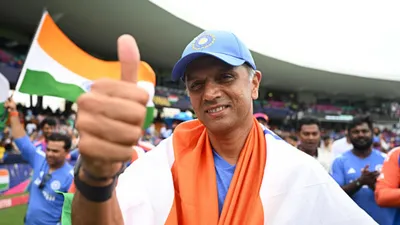
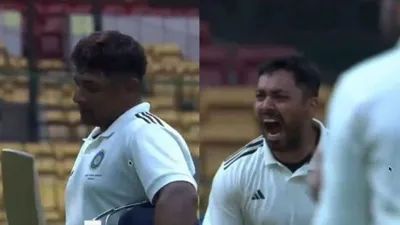
Watch: Avesh Khan creates buzz with aggressive send-off to Sarfaraz Khan after dismissing him for 46 during Duleep Trophy match
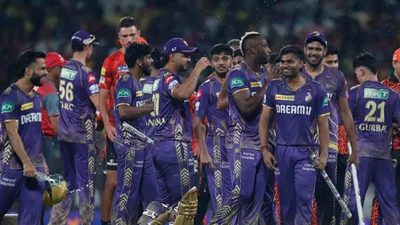
South Africa and Australia legends in talks with Kolkata franchise to replace Gautam Gambhir as KKR mentor: Reports

Duleep Trophy 2024: Rishabh Pant marks red-ball return with fiery fifty to help India B notch fighting lead over India A
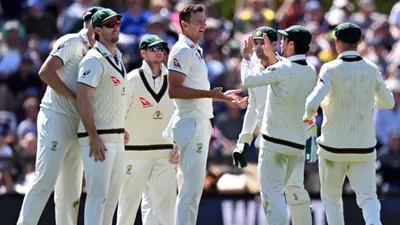
'Toughest rivalry. The challenge is huge...': Aussie star wary of 'Team India' challenge ahead of Border-Gavaskar Trophy showdown
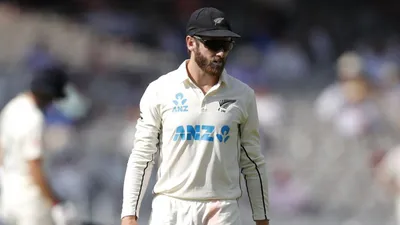
Kane Williamson is a big fan of this superstar batter amongst 'Fav Four', says 'He has been something else for a long period of time'
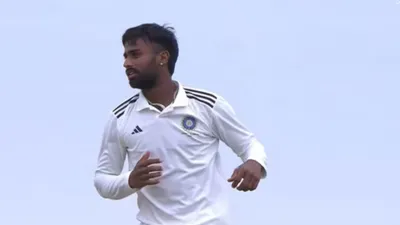
Duleep Trophy 2024: India C ride on Manav Suthar's 7-wicket haul to rock Shreyas Iyer's India D by four wickets in opening round
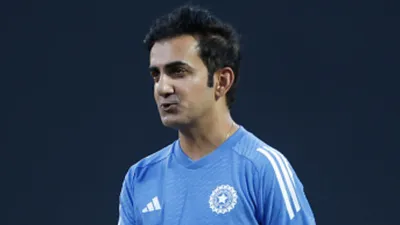
Former star spinner wants Gautam Gambhir-like head coach for Pakistan amidst cricket fiasco in country, says 'he doesn't go back and do backbiting...'
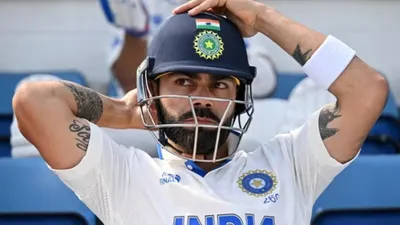
Ex-India cricketer's bold statement on Virat Kohli's weakness against spin, says '...you'll need to upgrade yourself'
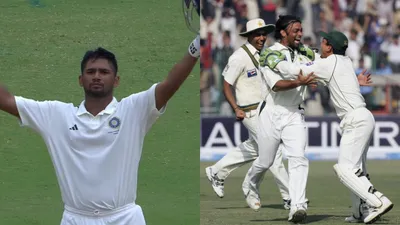
'Show officials Musheer Khan's innings': Ex-Cricketer slams Pakistan Cricket Board for 'waste of money' Champions Cup 2024


